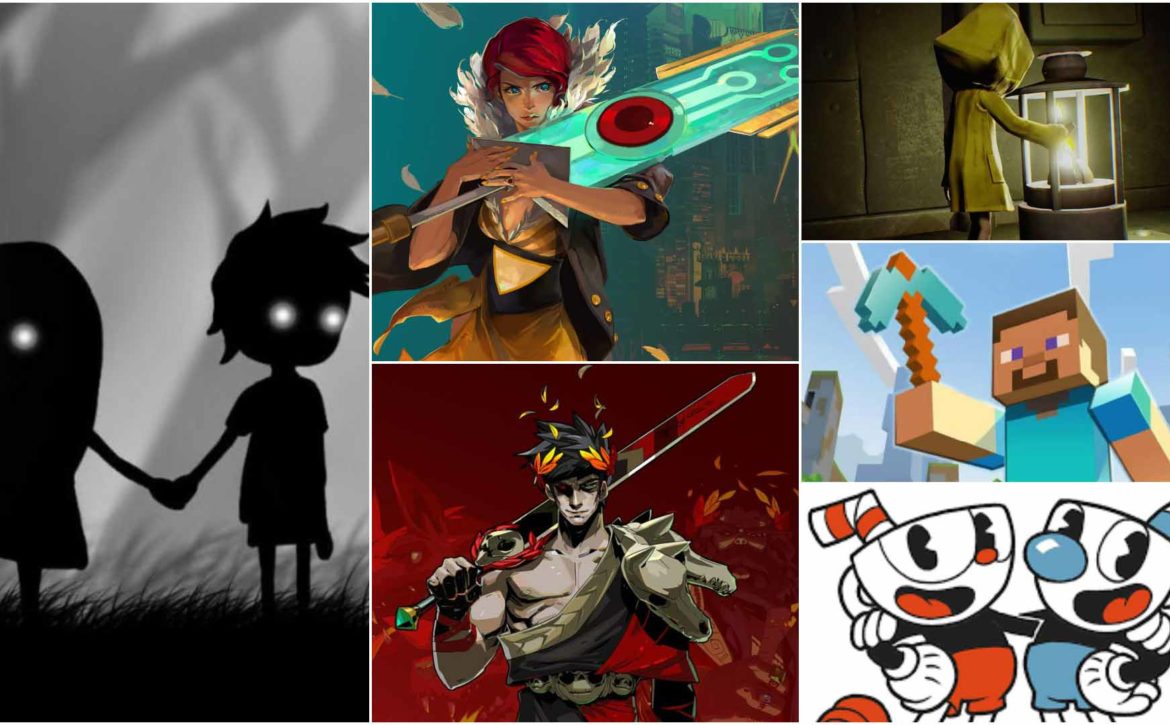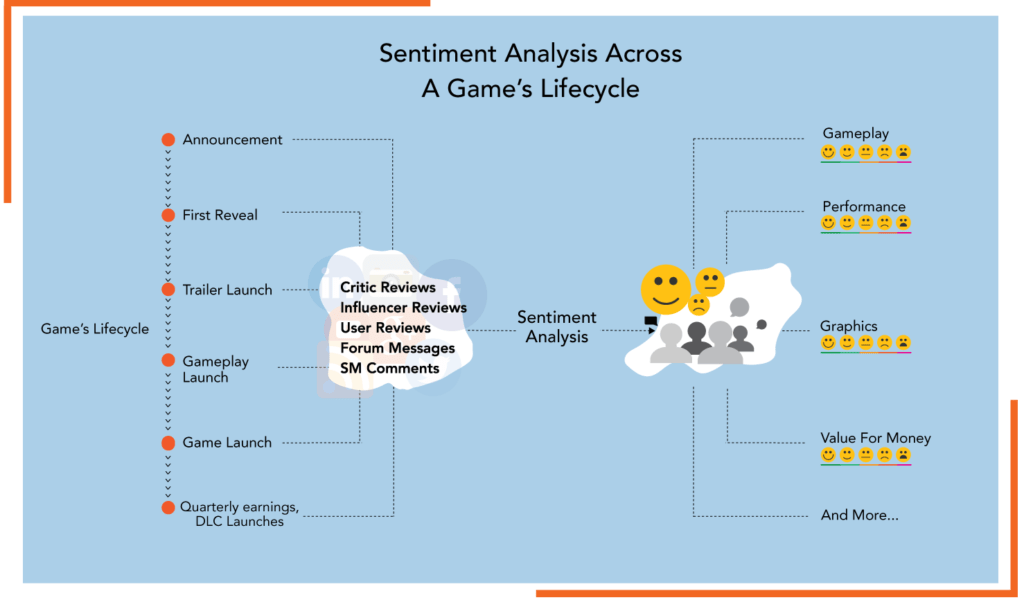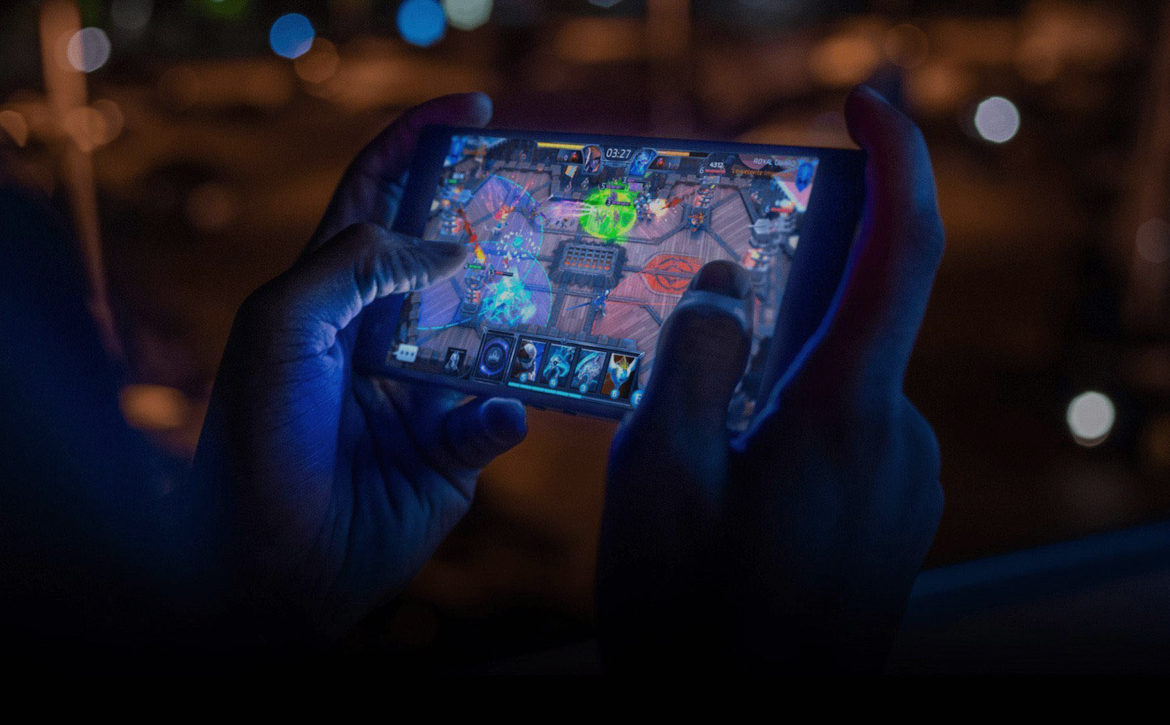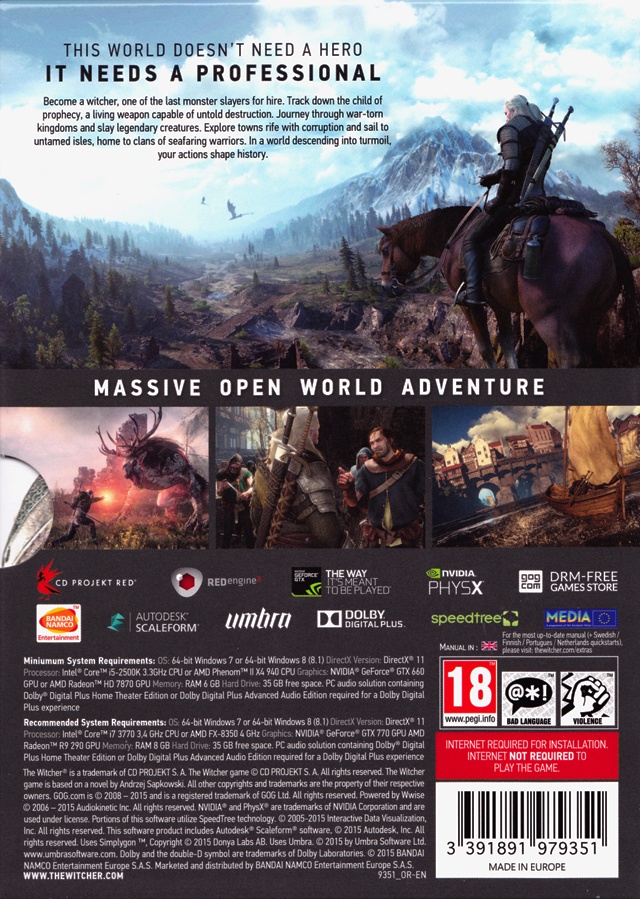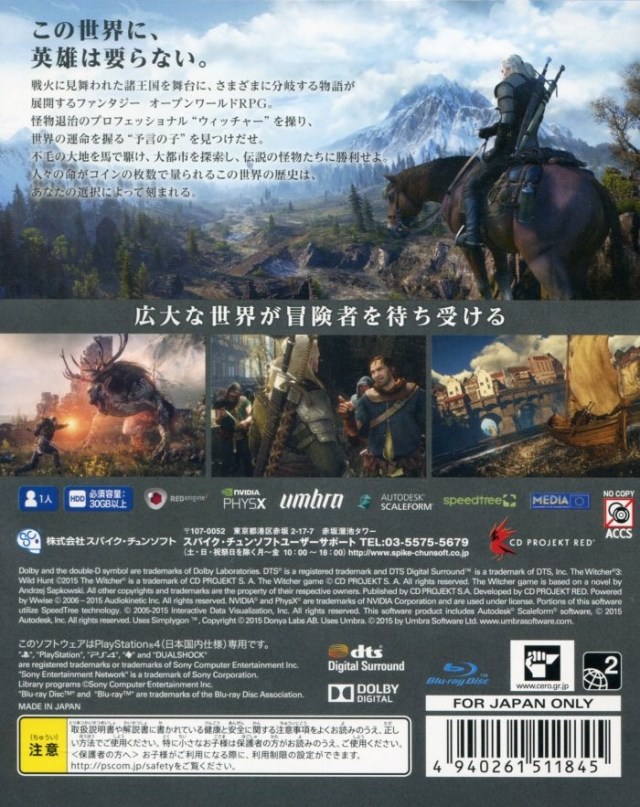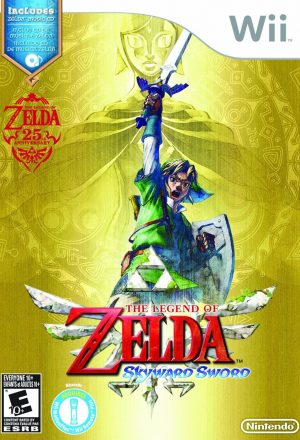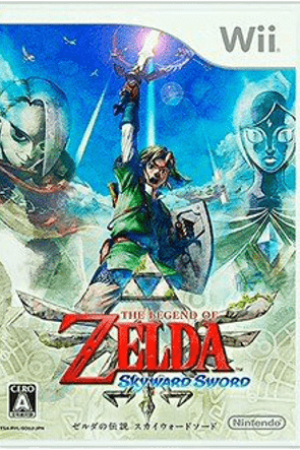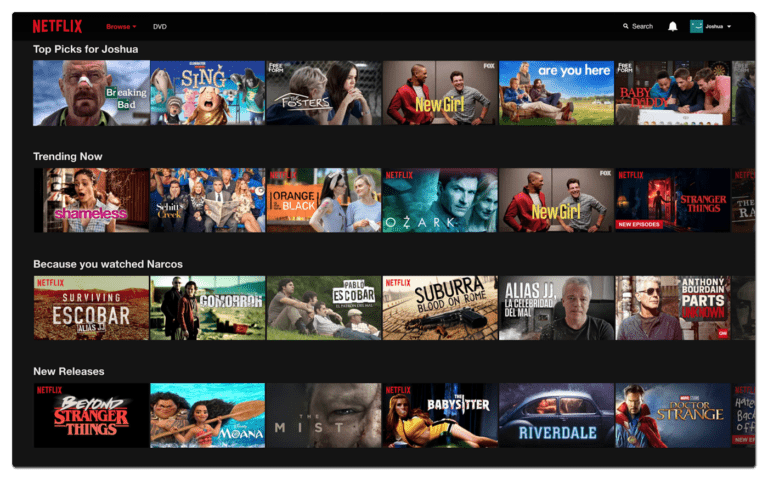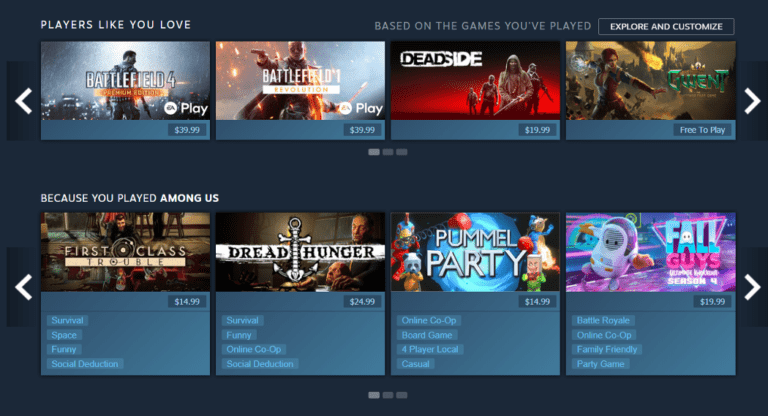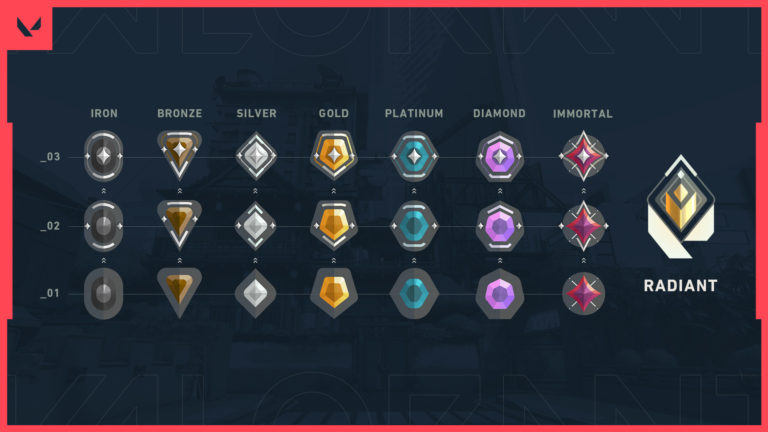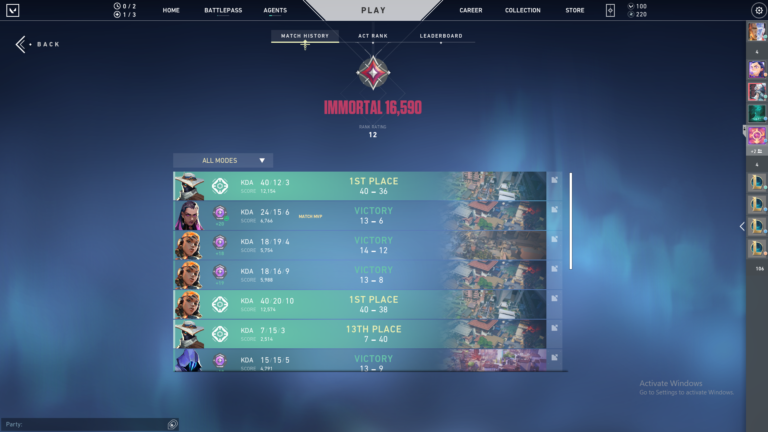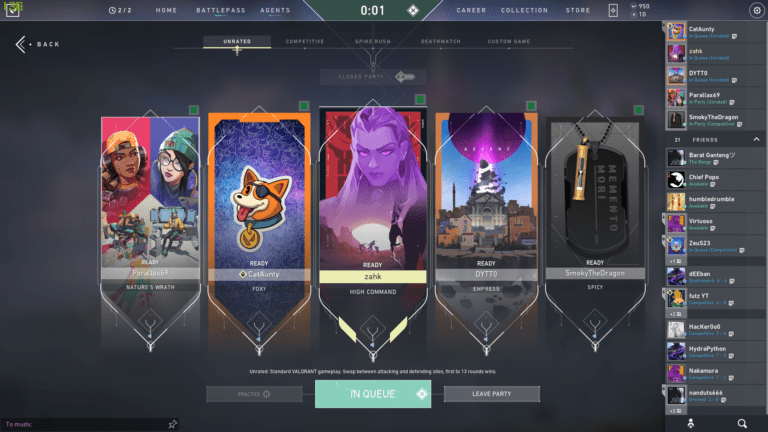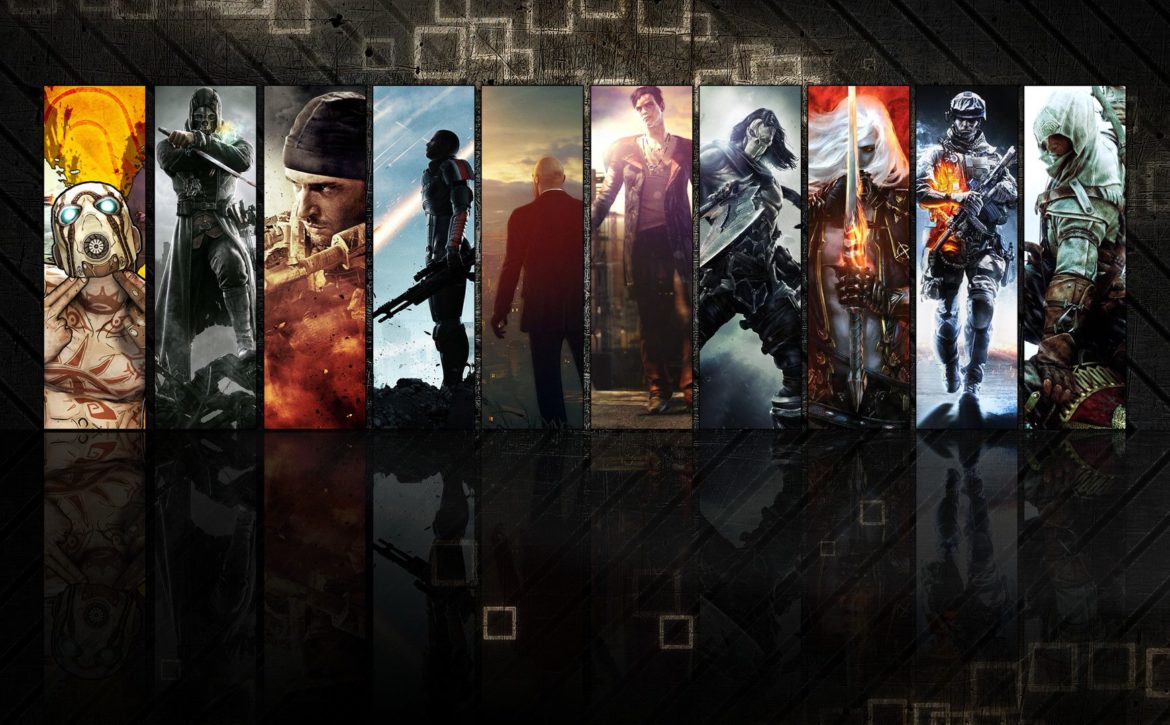Indie Games: Everything You Need to Know
This is Gameopedia’s Game Terminology and Taxonomy series, where we talk about the different kinds of game categories and aim to give our audience in-depth knowledge about them. This blog covers everything we know about Indie games.
Like we mentioned in our previous blog about AAA games, the classification of games is done based on their budget, scope, and other factors. While these classifications aren’t formalized, they are still useful for game developers and publishers for marketing and e-retailers for categorizing game pages. Customers also gain invaluable information about the potential of a particular game. An important subclass of games are indie games, which have gained huge popularity over the past few decades.
What is an Indie Game?
Indie game stands for independent video game. The phrase ‘indie game’ is based on similar ones like independent films or indie music. It is a video game that’s usually made by smaller development teams or even individuals on their own without financial or technical support from large game publishers. This is a direct contrast to AAA games. The indie term is also applicable to games which have creative freedom even if they’re funded by publishers.
Indie games are often very innovative, experimentative, and explore games as art. They can afford to take risks which aren’t taken by AAA games and are unique. They are usually sold through digital distribution channels as a result of lacking publisher support. Indie video games have become even more popular over the last two years, going by the increased number of indie releases and the higher price they demand on Steam, arguably the biggest marketplace for indie titles.
Indie Releases in 2021
Here are the stats for indie video games released per month for the year 2021.
Those being released over the course of 2020 saw a pretty significant increase of about 25 percent from the previous years, mostly as a result of the pandemic. In 2021, the increase continued, at a YoY rate of about 11 percent compared to 2020’s releases.
The overall ratings for indie games were also higher this year. In a massive industry like gaming which generated about $180 billion in 2020, while indie video games might not have the biggest slice of the pie, they’re still important to the industry.
A key reason for this is that indie game developers are often free of a lot of constraints and pressure for the game to follow popular trends or genres. Indie video games tend to be innovative and explore video games as a work of art.
What Makes a Game Indie?
While there is no standard definition for games to be classified as indie, they usually share certain characteristics. These are:
Independence: Indie games are either financially or creatively independent. They are funded themselves or from sources like crowdfunding, and even if they have a publisher, their game has been made without too much influence from them.
Team size: Indie video games are often developed by individuals, small teams, or small independent companies which are formed to develop the game. A great example of this is Undertale, which was made by one developer: Toby Fox, who wrote the story, programmed it, and even created music for it.
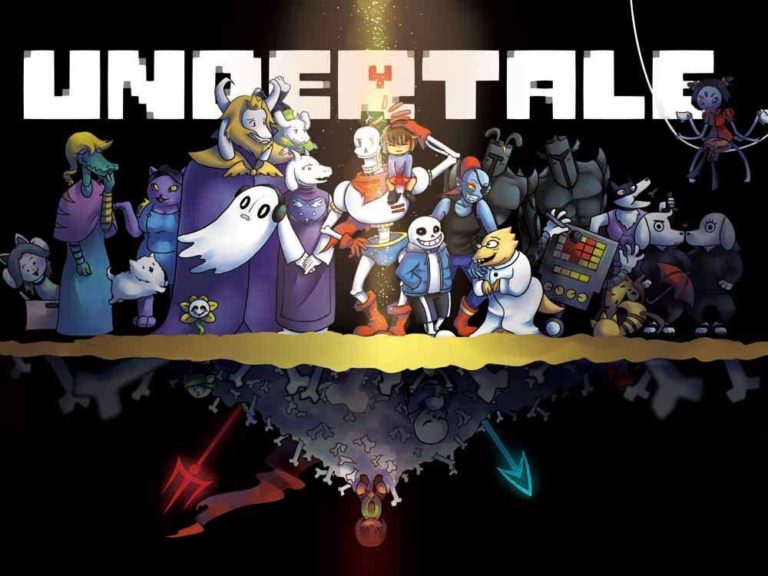
Budgets: Indie games are made off of smaller budgets which are usually from the pockets of their makers or from crowdfunding.
Creativity: Indie games are usually noted for their innovation, experimentation, and creativity. Limited graphics are often compensated for by gameplay innovation or unique narrative styles.
Some notable examples of indie games are Transistor, Minecraft, Subnautica, and Celeste.
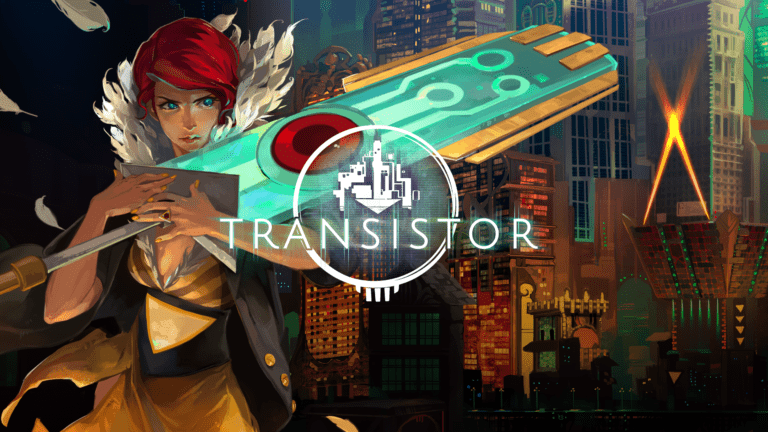
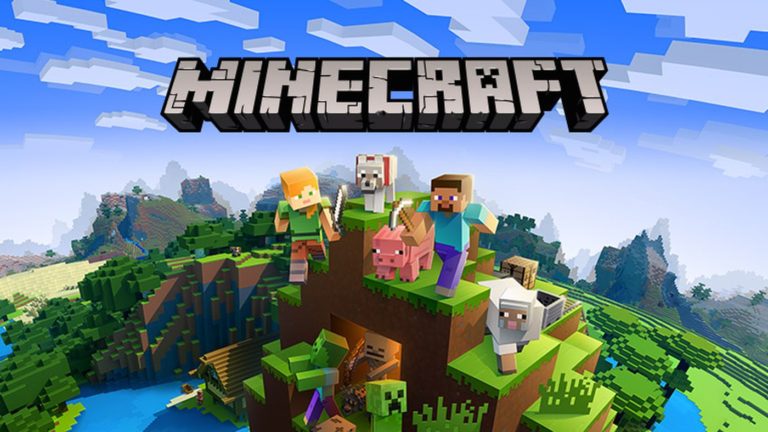


The History of Indie Games
The phrase Indie Game started being used commonly around the early 2000’s. Before that, they were termed as amateur, enthusiast, or hobbyist games. One of the first known examples of an indie game is Spacewar! which was released in 1963 but there is still some debate as to which is the first indie video game.
As personal computers became increasingly prevalent, their availability, as well as easily available BASIC source codes for games, encouraged several people to start making their own games. Around the 1980s, playing a new game could be as simple as coding it yourself using magazines. One of the most popular games during this period was Football Manager, where the designer, Kevin Toms used his knowledge about football management and board games along with the new technology to make a game– right from his bedroom! However, with this onslaught of games being made, it was harder and harder for them to sell them. An indie developer would either have to publish their game by establishing their own publishing company which was expensive or find a distributor willing to publish it, both of which were difficult. They started giving away pieces of their game in magazines and the like, where if gamers enjoyed the game, they could pay for the full version.
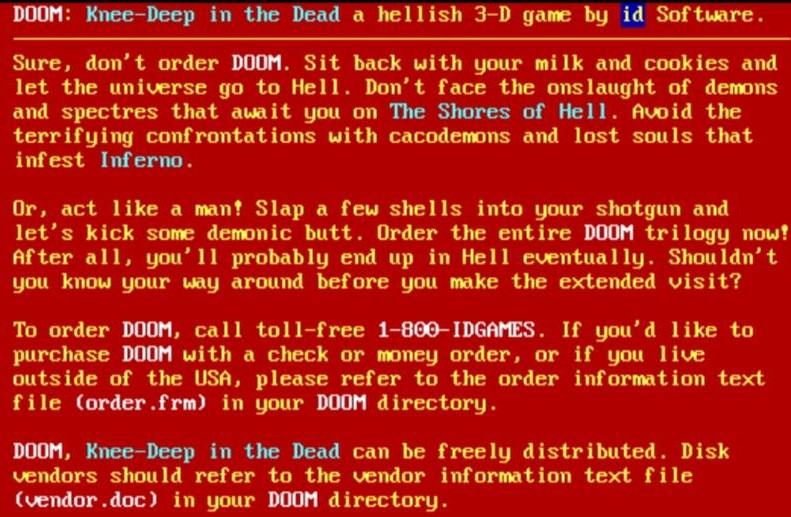
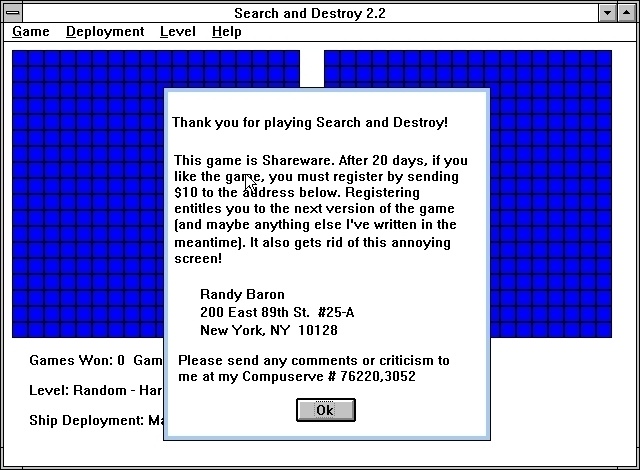
With shareware proving to be a good way to sell and distribute games, especially with Doom proving its massive success, it became a platform for mainstream devs as well. Eventually, with the internet becoming commonplace, digital distribution took off. Game engine developers started offering their software at low or even no cost for indie programmers, and open source libraries also helped them get started. Indie games also began being seen as artsy and innovative. Social and political movements started using indie video games to send messages. With Steam taking off and their Greenlight program (which despite being a bit opaque and awkward, still helped indie games), as well as Xbox, PlayStation, and the iOS store making game development on them easier, indie developers had a place to sell their games as well to the rest of the world. With Steam Direct replacing the Greenlight program, Steam became a haven for indie video games.
However, around 2015, the perception of indie games began to change. More and more people in the game industry began worrying about an oversaturation of lackluster indie video games as a result of how easy it was to make and distribute them. Digital platforms were overcrowded and it was hard for games to gain visibility even if well made. This is still a worry for some but indie video games are nevertheless adored by the gaming community for the unique games they bring to the table.
Finally, indie games constantly raise the bar when it comes to innovation. An important result of this is that a lot of the ideas of these games, if successful, are adopted by AAA and AA studios and eventually become mainstream. For example, Frictional Games made Amnesia: The Dark Descent, then Penumbra: Black Plague. Released in 2008, the latter was one of the first survival horror games that focused minimally on combat, ensuring the player felt a real sense of fright when they couldn’t fight their adversaries in game. This game, while revolutionary and successful, did not have the polish of a AAA game. Alien: Isolation, published in 2014 by Sega had a similar concept where a key focus was to get through the horror game without resorting to combat.

Another game we can take as an example is Player Unknown’s: Battlegrounds (PUBG). Upon this indie release’s stupendous success, several AAA games with similar concepts started coming out like Fortnite, Apex Legends, and Call of Duty: Warzone. Indie video games like Undertale which focused on the player’s choices and characters had a similar ripple effect on RPGs and how player choices can affect in-game relationships and even endings.
Factors Involved In Developing an Indie Game
When it comes to developing indie games, many areas of game development are similar to other types of games. The main difference is how a game being developed doesn’t require a publisher.
Size of teams: Indie development teams can range from a small team of developers of up to a few dozen to just a single person. Several famous indie games like Axiom Verge, Undertale, and Papers, Please were all made by a single person. Indie video games come from many directions. Student projects can turn into future commercial projects for students to work on, or experienced developers can feel creatively burned out and leave to pursue their ideas. Sometimes, indie developers can also be amateur with little experience in the gaming industry and they often have more new ideas and freedom. Usually, indie studios comprise of programmers and developers- game art and music are often outsourced.
Building an indie game: Indie games usually use existing game engines and development kits to build their games. Commonly used engines include Unity and Unreal Engine. Indie developers also tend to use open source software which is free to use but not as advanced technically as their commercial counterparts. When it comes to indie game development for consoles, before 2010, it was extremely difficult. This was a result of software development kits (SDKs) for the consoles costing several thousands of dollars and also having lots of restrictions. Indie developers were usually unable to acquire them. As indie video games became more popular though, console manufacturers and mobile device OS providers started releasing special SDKs to build and test games. These were still expensive for larger developers but reduced rates were provided for those who self-published their games on the console or mobile device’s storefront, such as the iOS SDK.
Involvement of publishers: Most indie games lack a dedicated publisher. However, several publishers focusing on indie video games have arisen, and they’re called boutique game publishers. Examples of these are Adult Swim Games, Annapurna Interactive, and Raw Fury. These publishers who are themselves experienced in developing indie titles usually provide the necessary monetary support and marketing but don’t interfere in the creative direction of the game.
Finances: When it comes to funding, indie developers don’t usually have a publisher to help them out. New developers especially need to bootstrap, take out loans, or use crowdfunding campaigns to get the funds they need. Another method used is the early access model where interested parties can purchase a beta version early, and get access to the full game later for free, as well as other perks. In recent times, there have been funds established like the Indie Fund where developers can submit grant applications and get seed investment funding. Finally, publishers like Epic Games sign exclusivity deals with developers for certain durations, and the game developers get funding to finish making the game as well as higher cuts of sales revenues.
Distribution: Before digital distribution platforms gained traction, programmers gave copies of their game to local computer stores to sell. They also placed advertisements in magazines and fulfilled mail orders based on that. Later, the shareware model came out and became popular with releases like Wolfenstein 3D and ZZT. As the internet became the major means of distribution, the mail order method started dying out. Valve originally made Steam to help players update patches for their games and keep them in the loop about updates. It eventually evolved into a digital store for games. Steam began curating indie titles among others, eventually adding Steam Direct where any developer could add their game to the platform for a small charge.
Recognition: Indie games have a fraction of the marketing budget of AAA games and thus, it is harder for them to be widely known. However, indie video games targeted towards niche markets tend to do well. As for industry recognition, several events and awards have been established in the past two decades such as the Independent Games Festival. Indie games have also been nominated alongside AAA games frequently, with games like Hades and Outer Wilds walking away with major Game of the Year awards at BAFTA 2020 and GDC 2021 respectively.

Indie game jams are also a thing, with annual competitions where game developers are asked to design a game prototype based on a concept and preset requirements.
Hades is also the first video game to win a Hugo award, an annual literary award for the best science fiction or fantasy works of the year.
Genre Trends of Indie Games: 2016-2020 Detailed Analysis
This graph showcases the major variations in genre trends across the last five years related to Indie games.
Indie games feature the most amount of releases for the Puzzle genre, where it consistently features in the top 3 or top 5. Puzzle games don’t need to be as graphics-intensive or have a complex setting. They’re more about gameplay and engaging their audience, and thus, easier for smaller studios to make.
The Platform genre is one of the oldest genres in the industry. However, of late, the genre is fast disappearing from AA/AAA titles, and has found a new home among the indie scene. This genre always features in the top 5, with the total percent of releases falling between 9 – 12% each year. Some popular platform games released recently include Super Meat Boy Forever (Platform, Action), New Super Lucky’s Tale (Platform, Adventure, Action) and Celeste (Action, Platform). This is an interesting trend: if you look at these games, they’re intuitive, easy to understand while challenging to master, and have very unique art styles. While they aren’t always as technically groundbreaking as releases from bigger publishers tend to be, they nevertheless satisfy the most important rule of game-making: they’re fun!
The Future of Indie Games
There is an evolving trend where some AAA publishers have been acquiring indie studios around the world. Between 2016 and 2020, at least 76 indie studios were purchased and the number of them being bought per year is increasing, going from 7 in 2016 to 31 in 2018. In 2019, THQ Nordic announced they raised $225 million to acquire more studios. Even Netflix has gotten on the bandwagon with their acquisition of Night School Studio in September 2021.
But why are they buying them? Acquiring pre-existing studios is cheaper than building one from nothing. You also get experienced employees along with their intellectual property. An example of this would be EA buying Respawn Entertainment and getting Titanfall. They also buy studios making games they think might be huge, such as Sega’s acquisition of Two Point Studios right after they released Two Point Hospital. Several AAA companies have indie initiatives like EA Originals and Take-Two’s Private Division which let them find nascent creators before they become popular and by extension, expensive. True, they also provide opportunities to indie developers but it isn’t purely out of the goodness of their hearts. AAA studios acquiring indie ones is a win-win: the former get a studio of experienced professionals and the latter get financial security and stability. However, this may come at the cost of what makes indie games indie: their independence.
AAA publishers have been proven to be highly averse to taking risks, and it’s likely that they might use these studios to push out content they think will make money, rather than what they originally wanted to make. Another restriction would be games made by these studios being exclusive to a particular platform. For instance, Microsoft allows The Outer Worlds on the PS4 right now as a result of prior commitments from the platform, but future games will likely be released only for the Xbox and PC. The culture of these companies also changes. The way AAA publishers might treat their new employees is an issue as well. A case of this is Disney closing down LucasArts after getting the Star Wars license because they didn’t want to make games, then farming the license for future games over to EA.
The issue is that when independent studios who’ve made famous games get acquired, they carry heavy expectations about their future games. While they have bigger budgets and access to better technology, they also have to sell massively and perform well. This reduces the likelihood of risk-taking and innovation. These studios are also put to work on projects of their acquirers and their own creative ideas are often put on hold, such as Firewatch’s creator Campo Santo, who was acquired by Valve, having to put their next game, In The Valley of the Gods, on ice because they were working on Dota Underlords and Half-Life: Alyx.
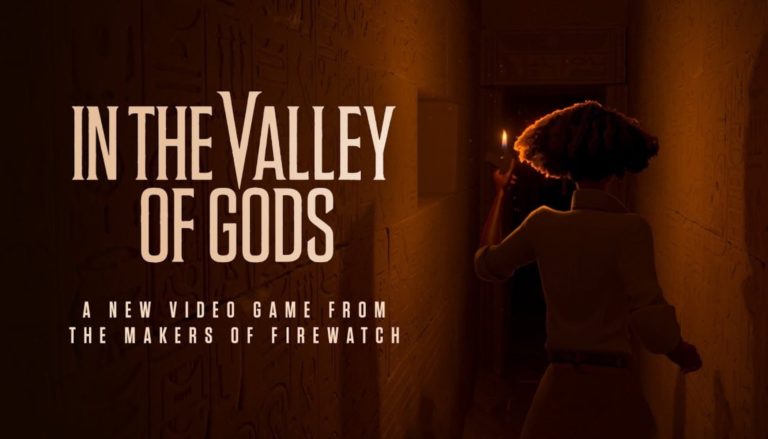
It’s safe to say however that indie video games aren’t going anywhere. The chief reason for the increase in the number of games released in 2020 despite several famous games like Deathloop and Kerbal Space Program 2 being delayed were the number of indie releases. The working from home situation which came about as a result of the pandemic has not only let developers spend more time on their projects but also let more people who are hobbyist game developers work on their pet projects.
This increase in releases hasn’t just come from low quality projects made by amateurs though. Looking at the prices of the games released in 2020, the average price has gone from $6.3 in 2018 to $7.7 by the second half of 2020. The average reviews for these games are also higher than those released in the previous year, with 78% positive ratings. January 2021 continued this trend, with 756 new games being released, a 17% YoY increase.
Indie games have always been important because of how they push the envelope. This spirit is only growing, and indie games will always have a key role to play in driving the industry forward.

